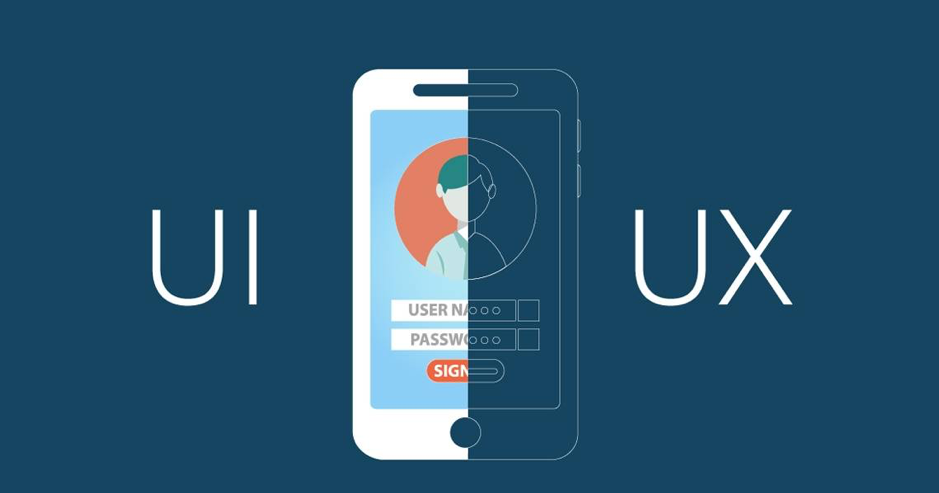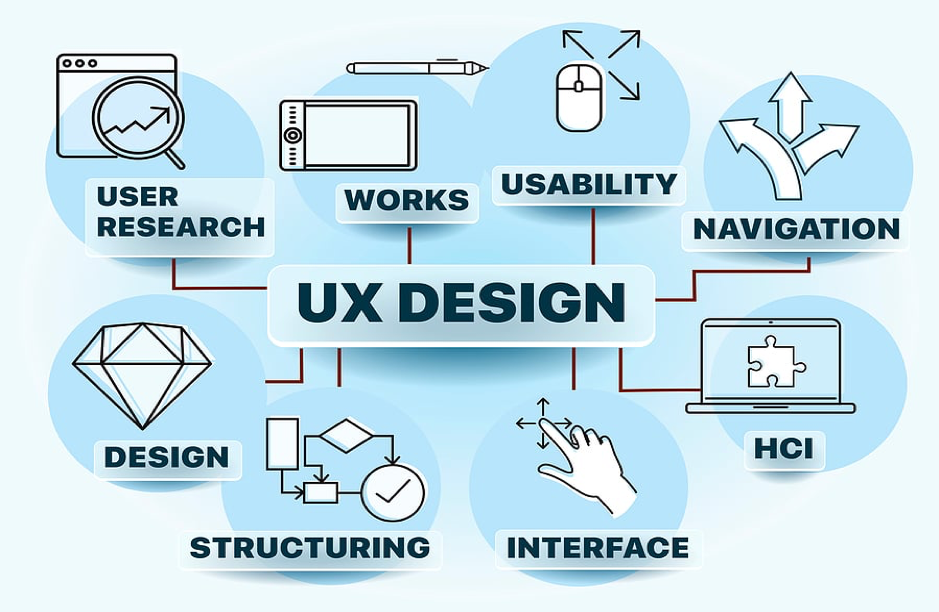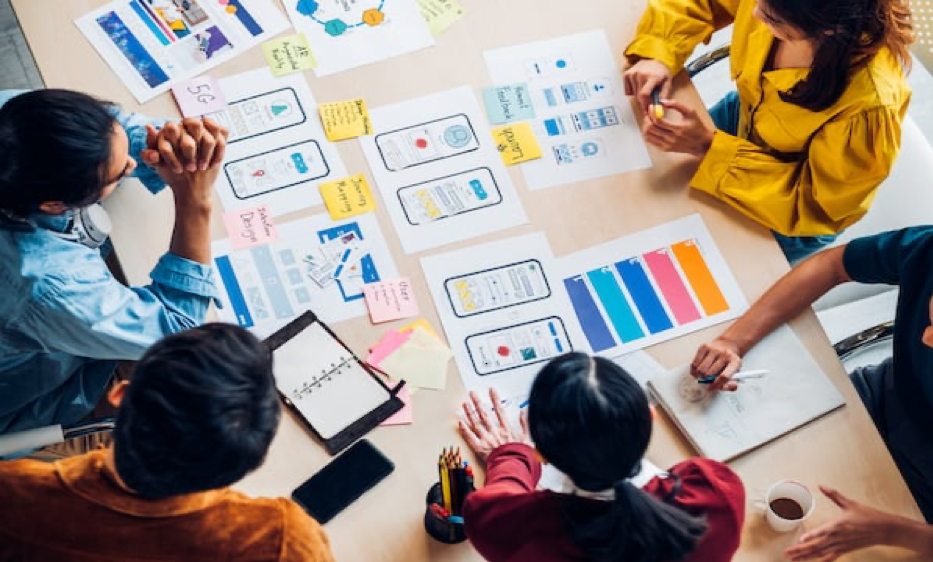Contents
Significance of UI/UX Design
Even if any product provides its users with the best available solution in the market, it is no good if users take more than 10 minutes to understand it in such a hectic schedule. Therefore, companies today are shifting their focus to creating better user interfaces and user experiences for their clients.
The UI UX process is, however, time-consuming, but worthwhile. It requires extensive study, an understanding of the target consumers, and usability testing. Understanding and careful preparation of the inputs are more important than simply knowing the data that has been gathered. Here, communication is important. To create the greatest results, a UX UI designer must be able to interact successfully with the users. UI is similar to cake frosting. As soon as a user interacts with something, the picture is created in mind. The future of any product should be determined by one image.
UI UX and task completion go hand in hand since UI UX is the experience created over an interface. Companies hire UI/UX designers who assist them in creating effective systems and products that are compliant with future standards and ready for the present.
What the UX Designer does?
When a person interacts with a physical or digital product, like a website or a portable electric juicer, user experience (UX) designers are in charge of creating the best possible user experience for them. Even within the same firm, a UX designer’s daily tasks can vary greatly from project to project, however, some common duties include:
- Thorough User Research: This comprises learning about users’ behavior, objectives, drives, and requirements. UX teams utilize a variety of techniques to gather data, including focus groups, online surveys, competitive research, and interviews with consumers & stakeholders. Decision-making is aided by the analysis and conversion of the data into quantitative and qualitative information.
- Identifying User Groups: This refers to building representative personas, representing the activities and demographics of important user groups. Personas are used to prepare detailed situations, like a day in the life of a persona, that demonstrate how the product is useful or handy in the user’s regular schedule.
- Prepare Prototypes: This is creating a clickable interactive final product form before it is developed. The user should be able to test the key product interactions thanks to it. Designers can even record archetypes as videos with today’s prototyping tools to walk people through the features of the product’s design.
- Effective Information Architecture of the Product: The UX Designer arranges the information in a website or the app to help the user complete tasks or learn more about the product. Think of a chatbot or a sitemap with quick-answer prompts as examples of an effective information architecture that directs users to where they are and how to locate the information they require.
- Examine Products on Actual Users: This helps obtain customer feedback in accordance with a minimal viable product (MVP). An MVP is the initial version of a product that meets the minimal standards necessary for launch. Product testing can be unstructured (the user is left to their own devices to find out how to use the product, and feedback is received depending on their natural response instead of explicit questioning) or organized (designers gather user feedback by asking particular questions).
- Design Wireframes and User Flows: This refers to rendering a design in a low-fidelity manner. Wireframes, which include UI elements like buttons or graphics, depict a user’s interaction with an app or a website. In simplified form, these are represented by placeholders.
Who is a UI Designer? What the UI Designer does?
UI Designers are mainly focused on the user’s navigation of a product. It is very common to see UX/UI used interchangeably in job descriptions and job names since UI design is often viewed as a UX function. Otherwise, it might fall under a product designer’s purview. The work and responsibilities of these designers comprise:
- Work with the UX Designers: To ensure that the user journey represents the UX team’s product vision, UI designers collaborate closely with UX designers. For instance, can a consumer finish all the procedures required for an online purchase? Do they accept the upsell or cross-sell offers made at the register? For voice-activated IoT devices like virtual assistants or smart speakers, some UI designers create voice user interfaces. Their responsibility is to create conversational interfaces that help users do tasks without the use of a visual user interface.
- Control how Users Interact with the Displayed Products: The visual design of an app or website is known as user interface design. Consider the way icons are created, how they are shown on a webpage, and in what manner they interact with one another. Interface design includes many different design components, including font selection, graphics, color scheme, menu layout, and buttons. Together, these design decisions enable users to comprehend what can be clicked, touched, or swiped, which button among a group is most crucial, and how to identify calls-to-action.
About SaaS Design and the Importance of UI and UX in it
SaaS is elongated “software as a service.” It is a method of subscribing to and licensing cloud-hosted applications. SaaS applications are created, just like all computer software. The SaaS environment’s user experience, functionality, and user interface need to be carefully examined.
A centrally well-hosted and properly distributed program via the internet is known as a SaaS product. Although some SaaS products are free, most SaaS platforms require users to subscribe to use them. SaaS products are being adopted by a wide range of industries, including design, finance, engineering, healthcare, and more.
This technology represents a fundamental change in how computer software is developed and offered to users. SaaS offers organizations an affordable way to continuously learn about how customers use their products, which ultimately results in design enhancements.
Wind Up
UX design is demonstrated to be just as significant as product and price as a key brand differentiator in the present scenario and the future. If this transformation is to continue, designers need to think ahead and understand the commitment that UX design demands as well as its potential. Companies should focus less on long-term company goals and more on user goals if they want to be competitive in the future and beyond. It’s important to include UX design as an integral component of their marketing plan.




